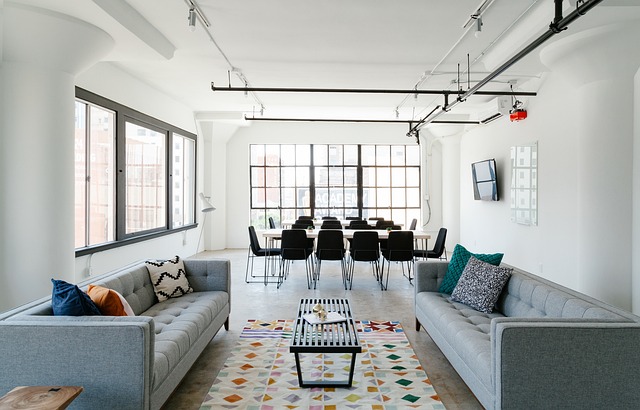How To Select The Right Flooring For Your Business
One of the most important—and often overlooked—decisions a business owner has to make is the type of flooring they will use. Not only does it affect how customers perceive your business, but it also affects how comfortable employees feel in their workspace. Here’s what you need to know about selecting the right flooring for your business.
Know the Types of Flooring Available
Many types of flooring available can be used in commercial settings, as found on Mannington Commercial’s website (manningtoncommercial.com). The most common types are carpet, hardwood, laminate, vinyl, and tile. Each has unique benefits and drawbacks, so you’ll want to carefully consider which option is best for your needs before deciding.
For example, if you’re looking for something that is budget-friendly yet still provides a high level of durability and comfort, then vinyl might be the best choice. On the other hand, hardwood or tile may be a better fit if you’re looking for something that adds an elegant touch to your space while still being durable and easy to clean.
Consider Durability
When choosing the suitable flooring material for your business, one of the most important things to consider is durability. If you expect a lot of foot traffic or need a surface resistant to staining, scratching, and water damage, you will want to choose something strong such as tile or hardwood floors.
Think About Style
The style and design of your flooring should reflect the overall aesthetic of your business. For example, a contemporary tile may be best suited for your needs if you have a modern office space with sleek furniture and decor. On the other hand, if you have an eclectic shop with vintage furnishings and artwork on display, then a rustic hardwood floor might be more appropriate.
Know Your Budget
Another important factor is cost. Different materials can vary in price, so consider what fits within your budget. Compare prices between other stores or manufacturers to get the best deal. Remember that some types also require additional costs, such as installation fees.
Check Maintenance Requirements
Another factor to consider is how much maintenance your chosen flooring requires. If you don’t have enough time or resources to clean your floors regularly, then it’s best to go with something low-maintenance like vinyl tile or laminate wood planks. These floors are easy to clean and don’t require special treatment besides regular sweeping and mopping.
See Eco-Friendly Options
Sustainable flooring helps reduce your carbon footprint by using fewer resources and producing less waste than traditional options. Bamboo is popular because it’s fast-growing and requires minimal pesticides or fertilizer to maintain quality. This makes it an excellent choice for businesses to prioritize sustainability.
In addition to being good for the environment, eco-friendly floors can also benefit employee health and well-being. For instance, many green flooring materials naturally resist mold and mildew growth due to their moisture resistance properties. This means you won’t have to worry about harmful toxins from mold spores entering the air or affecting employees’ health while working in the office or warehouse space.
Making the Final Decision
When it comes time to make a final decision on your business’s flooring, you should also take into account any additional features that may be beneficial, such as sound absorption and slip resistance. You can check Mannington Commercial’s website (manningtoncommercial.com) to see various options available!
Additionally, consider whether or not professional installation is necessary depending on your budget and the type of flooring you select. In some cases, it may be beneficial to hire an experienced professional to ensure everything is done correctly.
Conclusion
With so many different types of flooring available, it can take time to know which is best for your particular business needs. Ultimately, choosing the right flooring for your business comes down to understanding what works best in terms of functionality and style within a given space—but with careful consideration and research into what’s available today, you’ll have no trouble finding something perfect!

